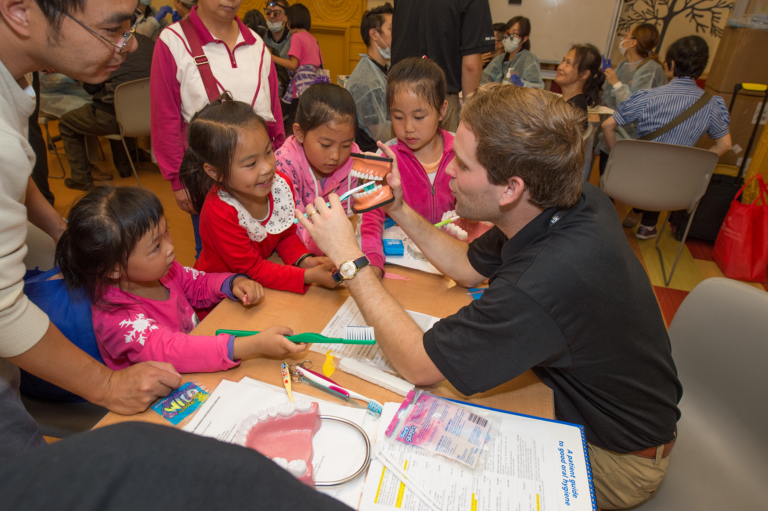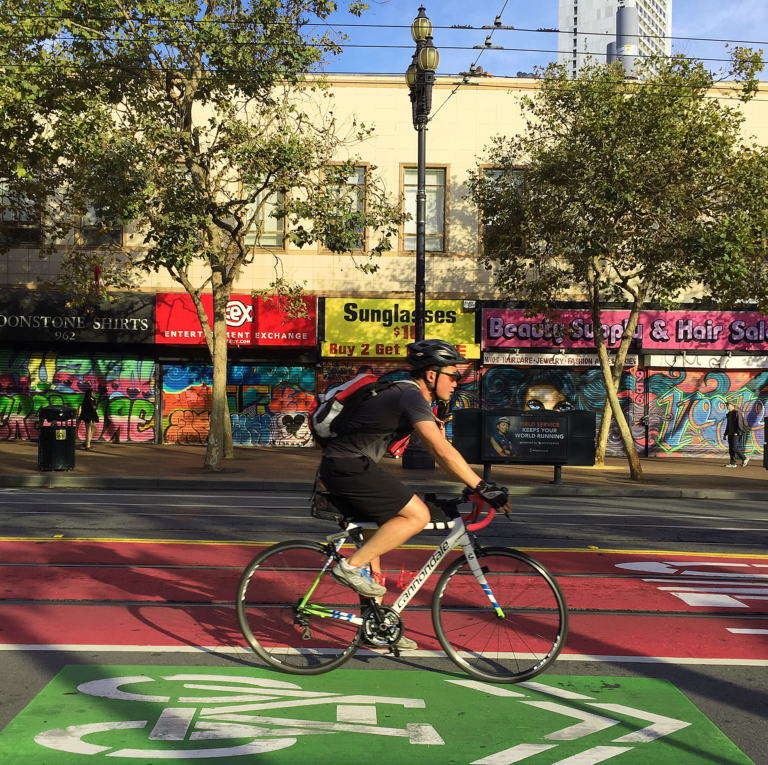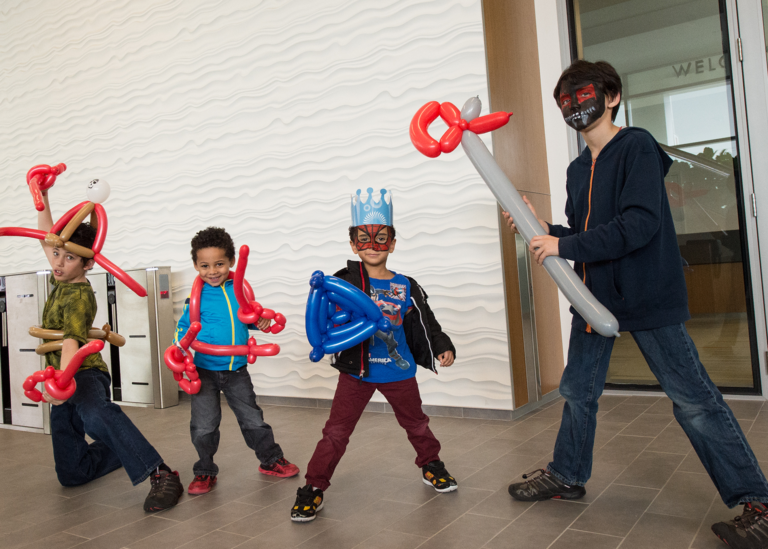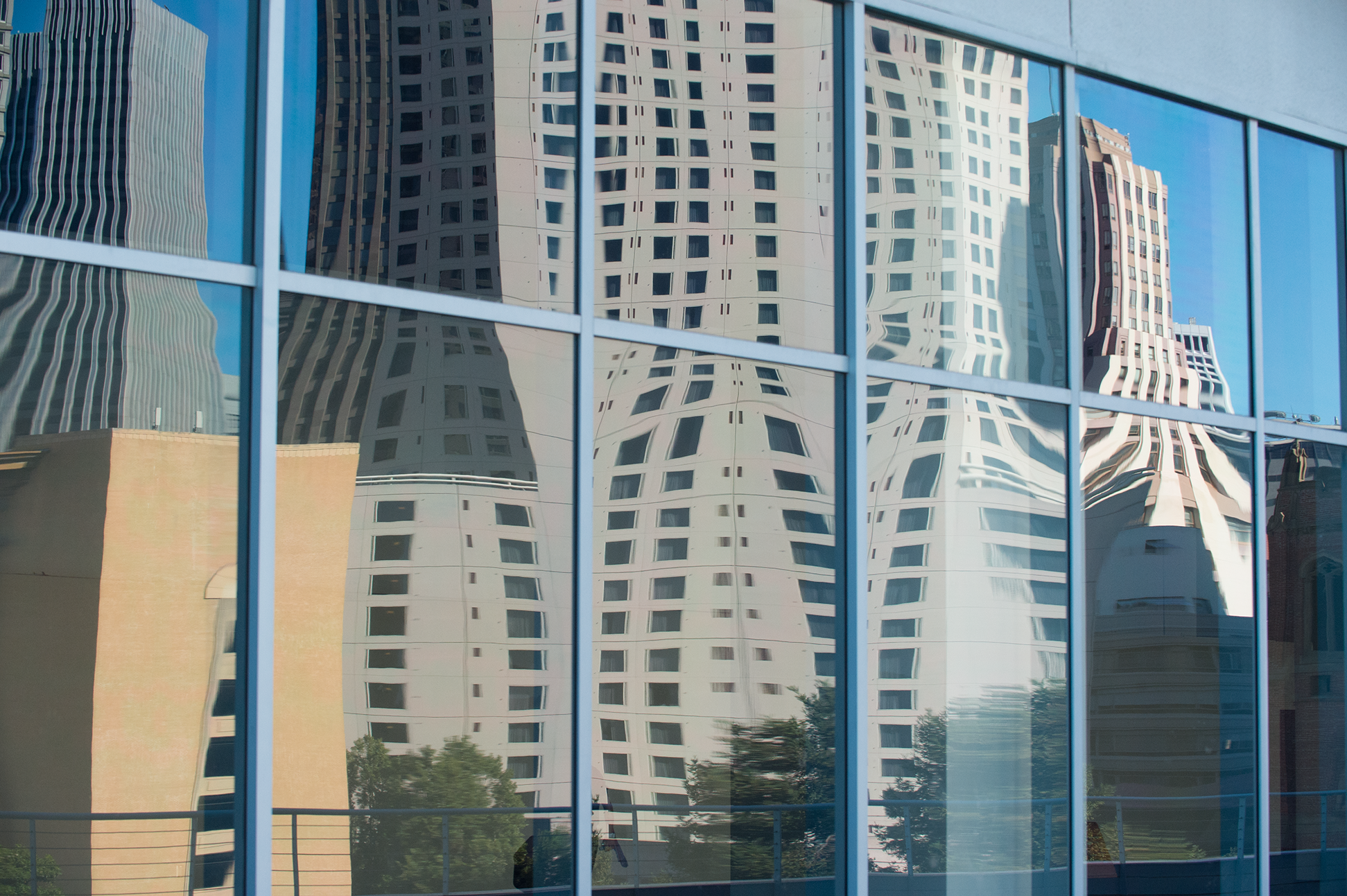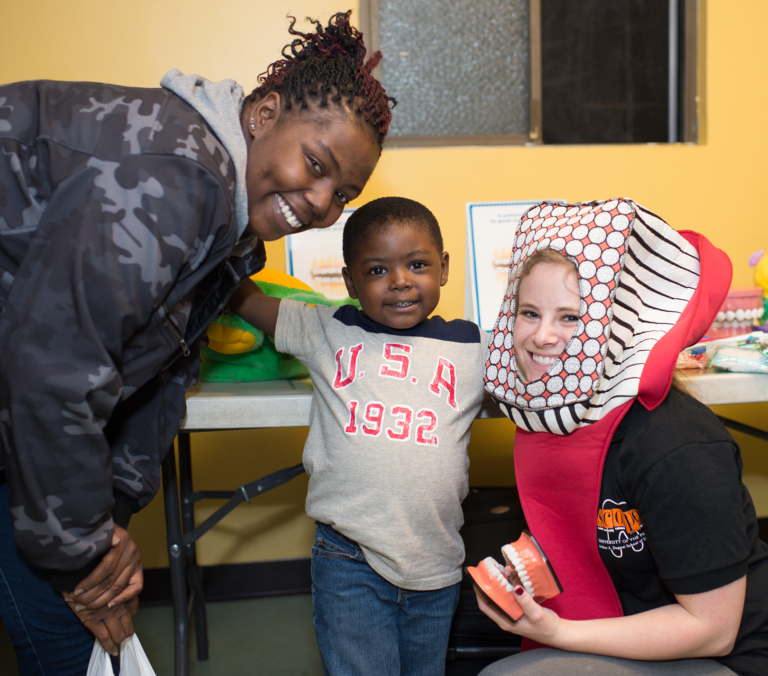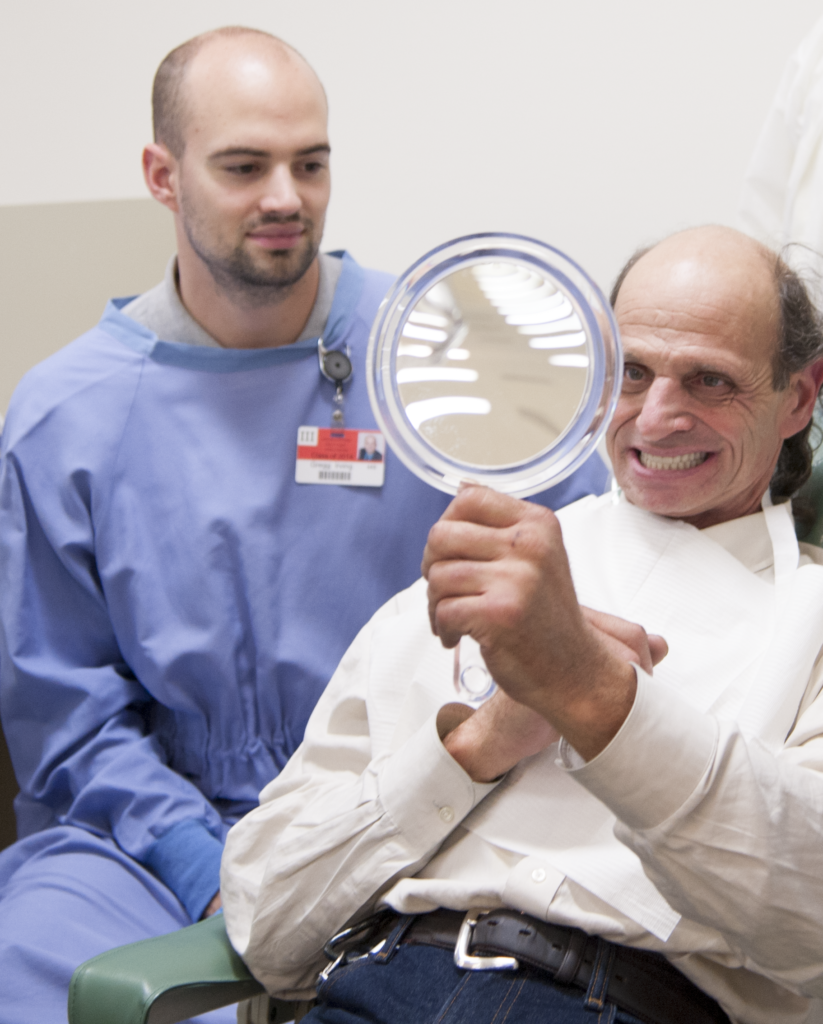By Kathleen A. Barrows
Dr. Sig Abelson ’66, associate dean of clinical services, has lots of stories to tell about patients being served at the Arthur A. Dugoni School of Dentistry’s new campus. He remembers well a neighborhood woman, with no money, who had tripped and broken her two front teeth. The emergency department was able to correct her fractured teeth with crowns, and she walked out with a smile that might help her win a job. There were the children with swollen faces, screaming in pain, brought in by their worried parents who are so grateful to have the clinic nearby.
Stories like these were just a small part of what members of the dental school community—faculty, students, staff, donors—told us when we asked about how the move had affected our service to the community, the students’ experience and the surrounding SoMa community. Everyone agrees that the future of the dental school seems to be as a bright as the light now shining through the new building’s windows.
Serving more patients and increasing access
“If you build it, they will come.” It’s an old adage that Interim Dean Nader Nadershahi ’94 says, “certainly rang true for us as we opened our doors to the public.” Everyone agrees that the location— only 1.5 blocks from the Powell Street BART/Muni Station — has been a big plus. In the past, patients would have to connect from BART and take an extra bus or two to reach Pacific Heights.
As a result, the increase in patient numbers has been tremendous. Abelson estimates that we are treating 25% to 30% more patients compared to a year ago. “We have too many patients,” he admits, pointing out that many dental schools have a challenge in providing patients for their dental students.
[pullquote]The increase in patient numbers has been tremendous.[/pullquote]
Now, with a larger and more efficient clinic, the pediatric dentistry program has grown by 40%. Ninety percent of pediatric patients whom the dental school treats are on Denti-Cal. And in a city like San Francisco, where nearly 40% of children have tooth decay by the time they reach kindergarten (in comparison to a 33% national average), that’s important. Emergency services and the orthodontic clinic have also experienced large increases.
Of course, the recent decision by Western Dental to no longer accept Denti-Cal patients in California has put increased pressure on the system. The school is only able to take a few new patients a day for comprehensive care. But Abelson assures us, “We’re taking as many new patients as we can and no one is turned away for emergency services.”
Enriching the students’ experience and expanding community partnerships
The socio-economic conditions surrounding the new campus have also brought students a broader perspective and a more illuminating experience to better prepare them for the future. As Christine Miller, associate professor and director of community programs, notes, “We’ve been out developing community-campus collaborations for our students for decades. Now we’re really in the heart of the action. The physical proximity to where our clients are living, working and going to school engages students more deeply.” Programs for community members of all ages are just blocks away: from Early Start and Head Start for children to senior housing.
Abelson points out that this experience of interacting with people of diverse backgrounds and ethnicities is a significant mind-opening part of the students’ education. He recalls one student admitting, “Sometimes you have preconceived ideas of the homeless and you don’t know how to interact. But many are really nice people. They just have needs.” Abelson hopes that the students will take those experiences with them when they graduate and help in their communities.
In addition, with the enthusiastic support of University of the Pacific President Pamela Eibeck, new projects are being launched to integrate oral health with other social and health services. Now that Pacific’s audiology program is at the SoMa campus (with food studies, music therapy and data analytics also a part of the San Francisco campus), the dental school is reaching out to these schools as part of a strategic plan to establish linkages for interprofessional education.
Miller reports that from day one of dental school she engages her students in interprofessional health projects with a focus on prevention. Her goal is to demystify health care and social service collaborations and to enlist students in evolving healthcare delivery projects and models. Recently, for example, Cantonese-speaking pharmacy students from the Stockton campus acted as translators in dental screenings in Chinatown as part of a special project with Chinatown social service and health agencies.
In addition, in collaboration with the San Francisco Public Health Department and University of California, San Francisco, Miller contributed to the 2014-2017 San Francisco strategic plan to advance children’s dental health in programs designed around best practices in public health. “It was true synchronicity when the SF strategic plan was released at the same time we were opening our clinic doors to the neighborhood and Bay Area with ready access to public transportation.”
Exciting the alumni, donors and patients
There is overwhelmingly positive response to the design of the new building itself. Former Major Gifts Officer Will Hall reports that when he walks the halls of the new school giving tours, “People are flabbergasted at how modern it is.” The alumni have come through in a big way. More than half of the $40 million capital campaign has been secured in gifts and pledges.
[pullquote]There is overwhelmingly positive response to the design of the new building itself.[/pullquote]
But it’s not just the stunning new look of the building that has attracted praise and funding from alumni and donors. Melanie and Richard Lundquist, owners of the InterContinental Hotel and former owners of the building that houses the new campus and generous benefactors to the dental school, appreciate the expanded opportunities which the new campus offers to treat the underserved. “What captured our hearts,” says Melanie, “was….most importantly how the school treats its patients, particularly those people in need.” It’s a location that Richard recognizes as, “much more convenient for all those who are underserved to get quality dental care.”
Dugoni School of Dentistry students, too, report the glowing comments of their patients, both new and those who have been coming for 20 years. Dr. Emily Vaccarezza ’15, currently doing a pediatric dental residency at San Diego’s Lutheran Medical Center, speaks from the perspective of a student who saw patients at both the old and new campuses. The former CDA class representative was excited by the move and says her patients especially enjoyed the “more private” feeling of the new clinic set-up, where patients no longer face each other. She admits it was an adjustment at first for the students not to all work on the same floor, but everyone adopted.
Rosemary Tran, Class of 2016, whose “big sibling” was Emily, agrees. As a third-year student, who also plans to specialize in pediatric dentistry, she never worked in the clinic at the old campus, but reaffirms that patients love the new building and location. Tran always makes a point of asking her clinic patients how far they’ve traveled. She reported that her first patient of that day, who now lives just a bus ride away, had exclaimed “how the new building is bright, open and easy to find.” Patients also enjoy the modern check-in process and appreciate the security.
As CDA representative for her class, Tran herself is also taking advantage of the proximity to underserved populations. She recently participated in an oral education program for struggling mothers and their children at Compass Family Services in the Tenderloin district, just a few blocks away.
Brightening the neighborhood
But the dental school is not only serving the dental needs and brightening the smiles of an expanding population. It’s also helping to change the face of the neighborhood. As Dr. Craig Yarborough ’80, senior development officer, explains, “People and local businesses say, ‘thank you for coming.’ It’s brightened the neighborhood.”
[pullquote]But the dental school is not only serving the dental needs and brightening the smiles of an expanding population. It’s also helping to change the face of the neighborhood.[/pullquote]
Yarborough is the dental school’s liaison with the Yerba Buena Alliance, an organization which strengthens partnerships among residents, businesses and cultural and educational institutions, stretching from Second to Fifth Streets and Market to Harrison Streets. With the 5M Project—an office and residential complex to be built in stages over the next decade that will transform the lots directly across the street from the school—the area is destined to become a technology hub. Yahoo! is already there in the San Francisco Chronicle Building, and EventBrite and Slack occupy the top two floors of the dental school. Two new apartment buildings just south of the school are under development as well. The burgeoning high-tech industry in the neighborhood also helps expand the demand for the faculty practice.
On another level, it’s also helping local restaurants and businesses. Hall meets with potential donors at great local restaurants like Michelin-rated Luce in the InterContinental, The Cavalier and 54 Mint. But it’s not only the high-end restaurants that are appreciative, he says. On Wednesdays and Fridays the food trucks enjoy lines of hungry students, staff, patients and faculty.
Just as San Francisco Mayor Edwin M. Lee had predicted at the dedication of the new building last year, “In addition to enriching San Francisco’s education landscape by training future innovators who will improve the lives of many of our residents, the new campus in SoMa will support San Francisco’s growth and economic vitality.”
It seems to be doing just that, while at the same time broadening the students’ educational experience and creating innovative new health service models. Interim Dean Nadershahi sums it up well: “For years, the Dugoni School of Dentistry has cared for people from all walks of life. Our new location brings us even closer to underserved people in nearby neighborhoods, giving them a state-of-art new home to obtain quality oral health care. It’s exciting to carry on our mission in a new home in a vibrant and ever-changing neighborhood.”
Kathleen Barrows, an East Bay freelance writer, is a contributor to Contact Point.

